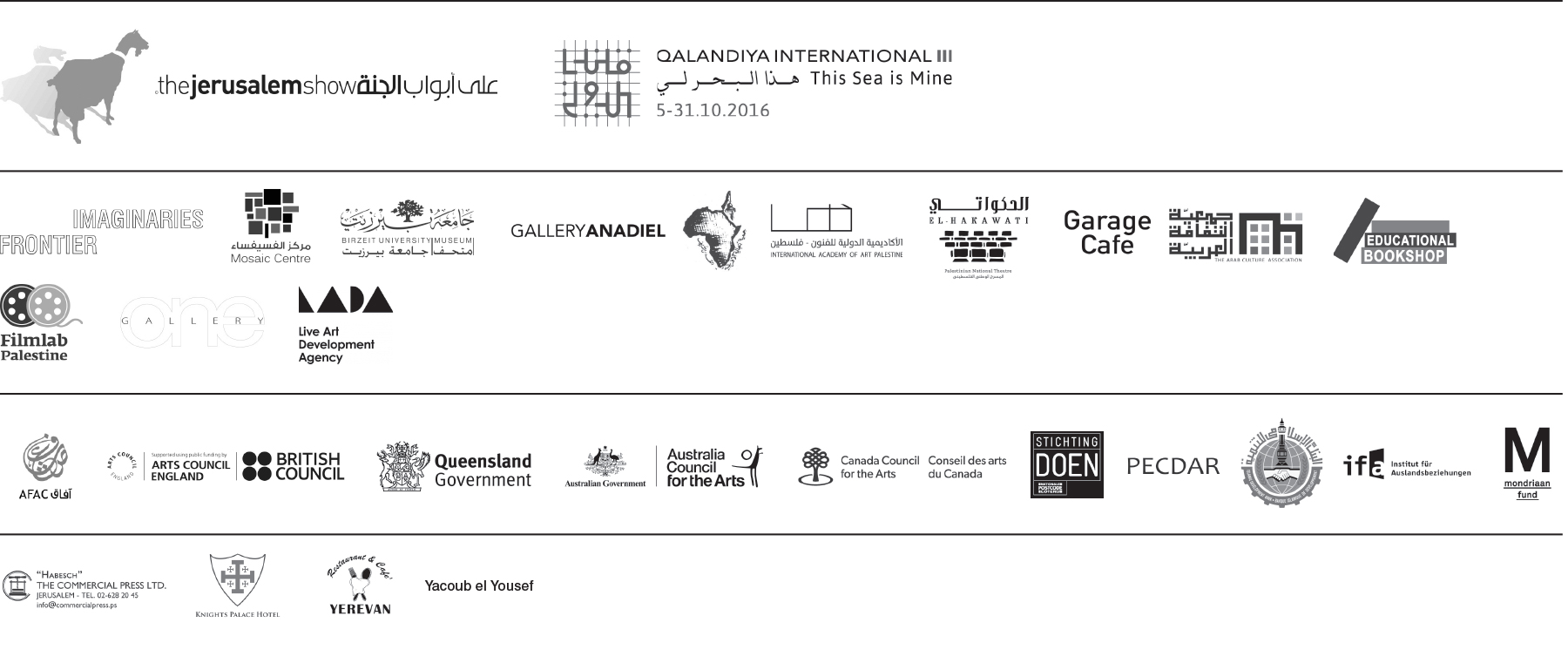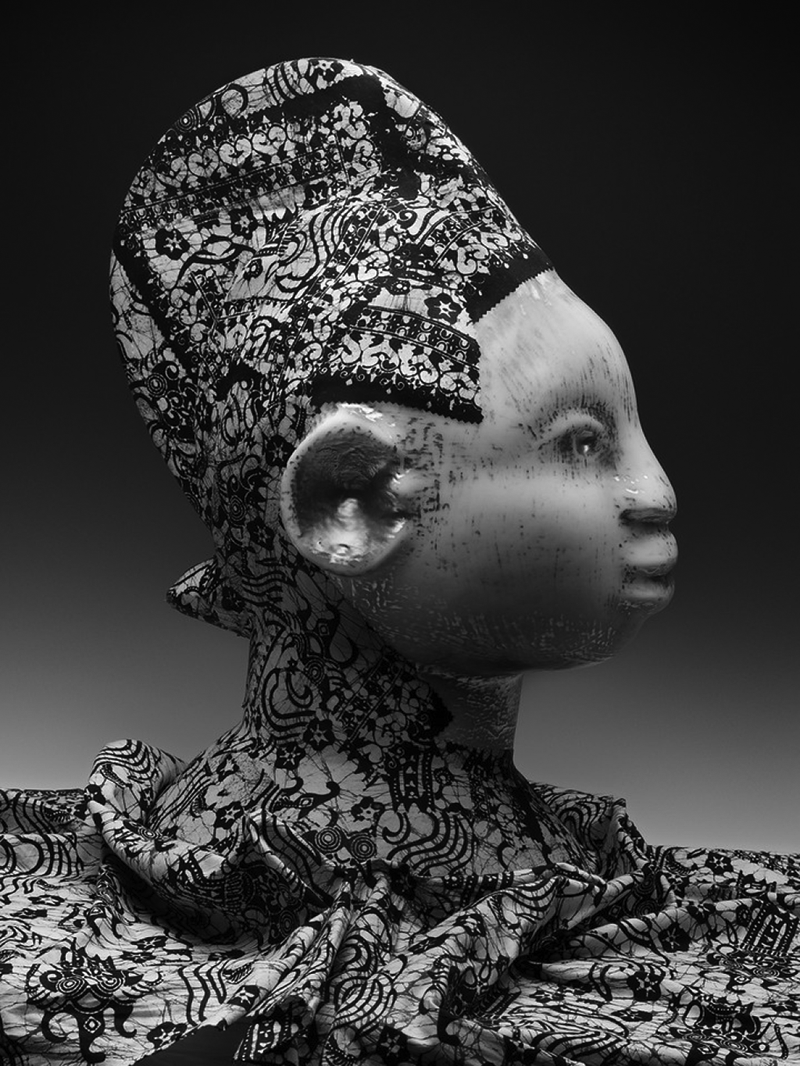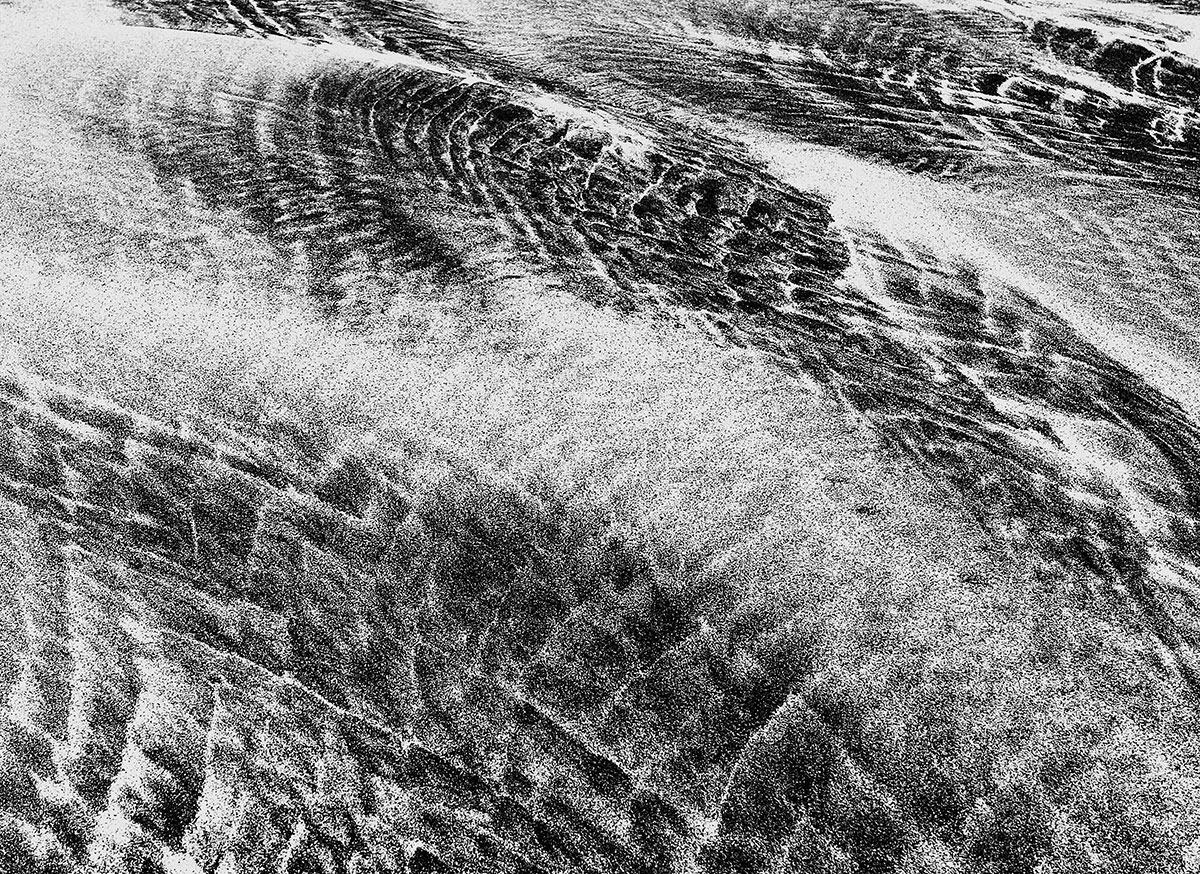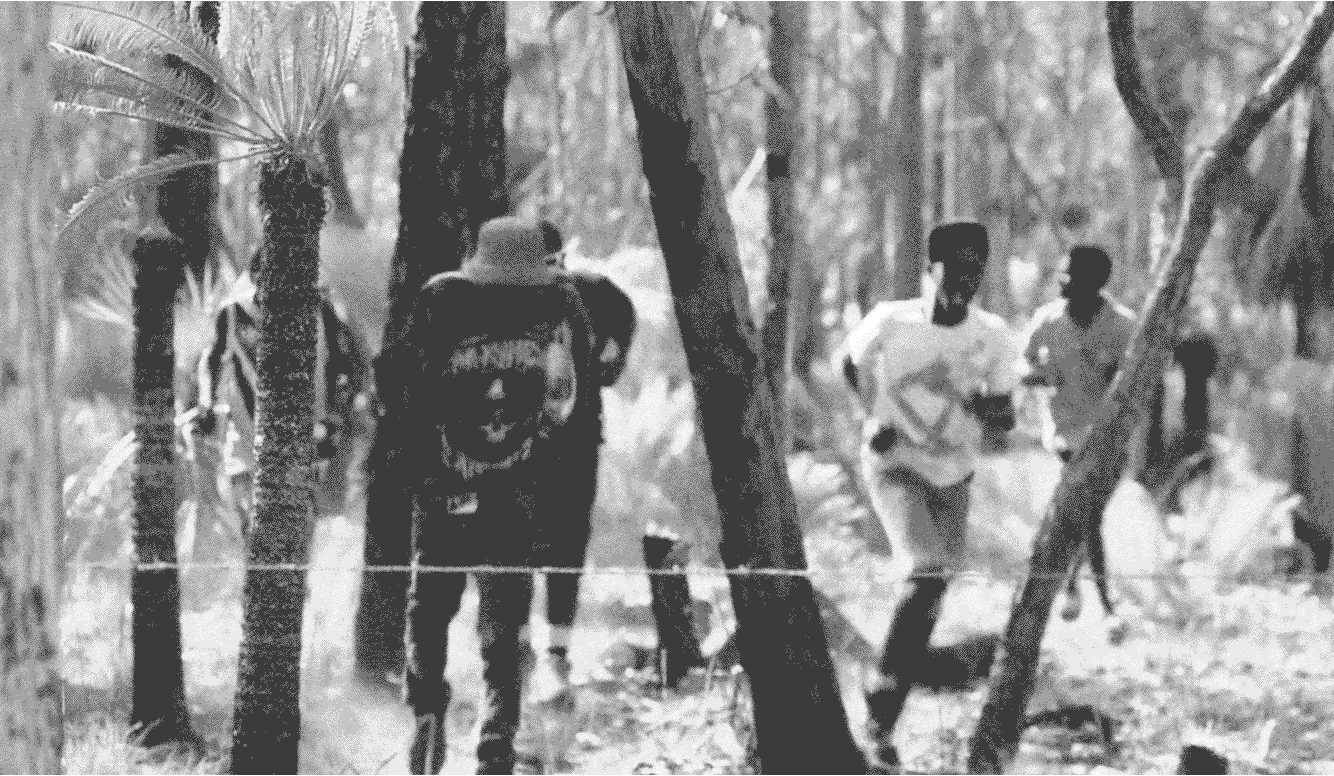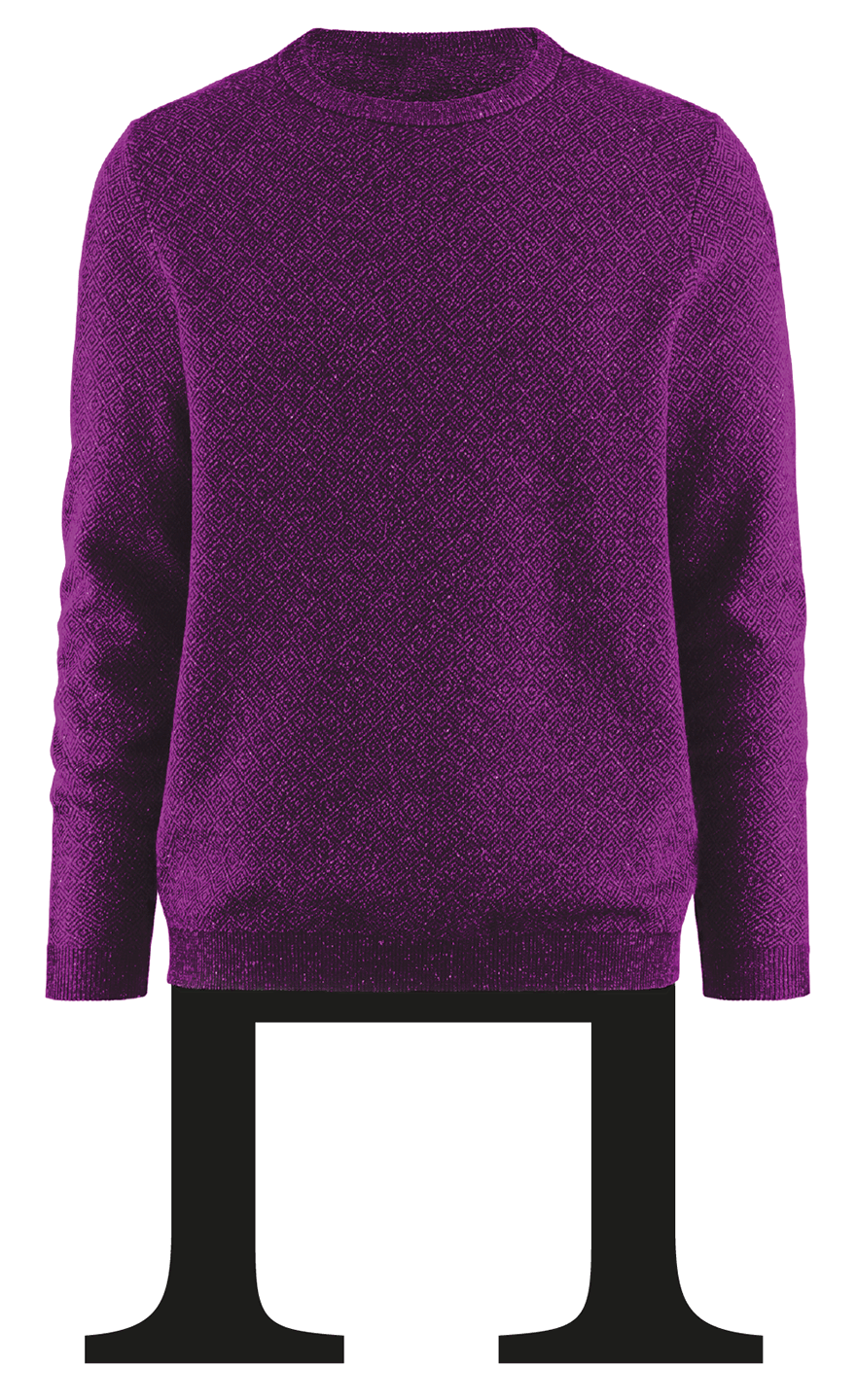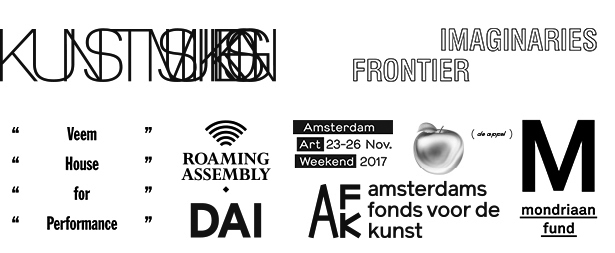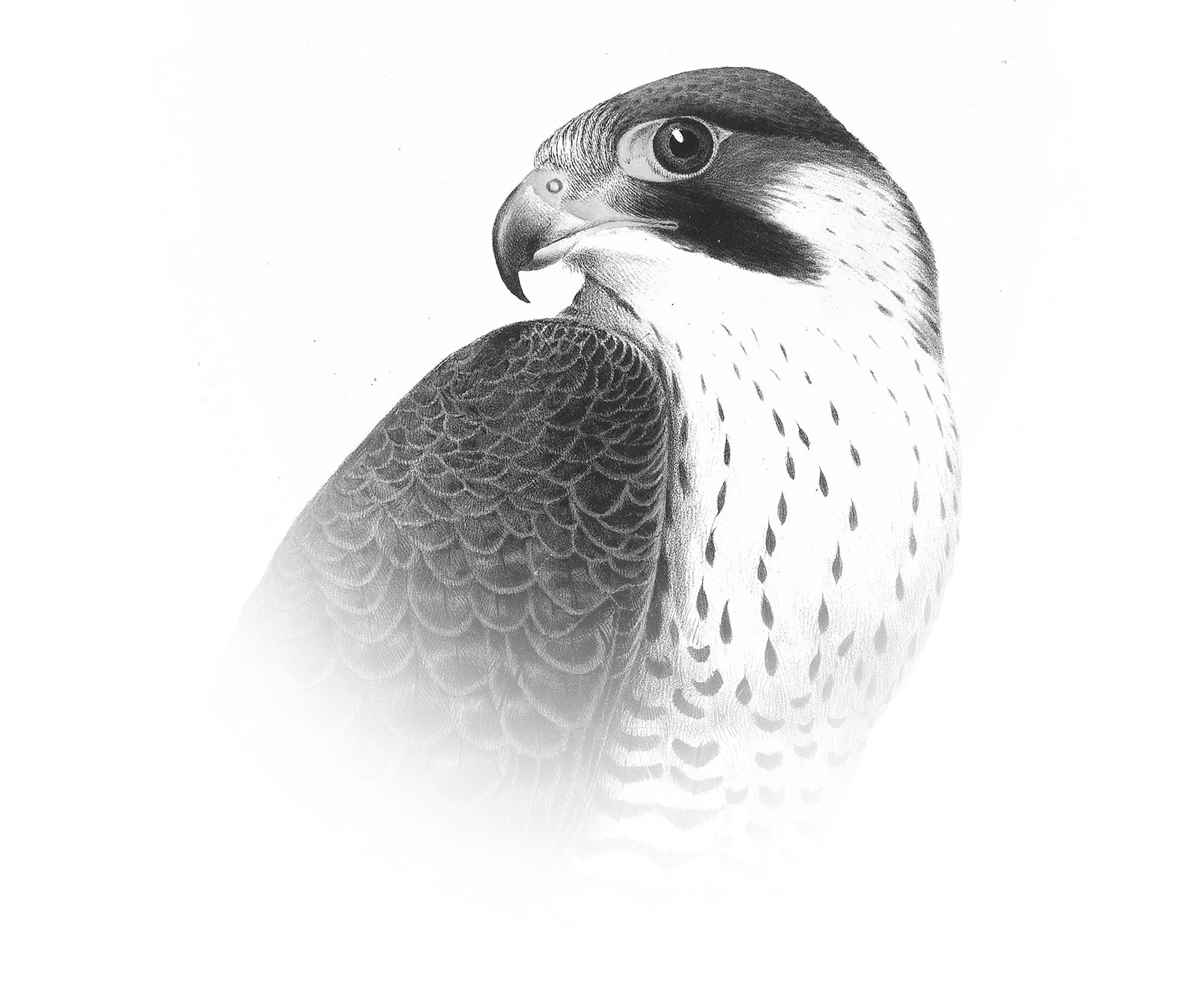TRADE MARKINGS – THE FALCON, THE CIGAR, THE WAFER
The title Trade Markings was proposed by research advisor Denise Ferreira da Silva in response to the business histories of North Brabant—a province to the south-east of Holland. From this stand-point ‘globality’ may be charted out as a series of relays in time and geography through three principle commodities; the falcon, the cigar, and the computer chip or “wafter”.
First, the falcon charts both an ecological bird migration-route connecting Northern Europe to Sub-Saharan Africa and a map of the early modern European falconry trade, which had at its epicentre the village of Valkenswaard. Secondly, the cigar marks a world of industrialising production, the grids of the nation-state, and a commodity chain including tobacco leaves from Sumatra. Finally, the wafer or computer-chip marks a transnational corporate system of ‘human capital’ and the regional marketing of a ‘brain-port’ along-side Rotterdam’s ‘sea-port’ and the airport of Schiphol/Amsterdam.
TIMELINE / TIDELINE
Within the exhibition viewers will circulate anti-clockwise through a time-line that plots over six-hundred years of trade and social relations through an extended edition of Professor Elizabeth A. Povinelli’s Symphony of Liberalisms (2015 – ongoing). This work notes dates of local and global significance onto a musical manuscript—inviting audiences to imagine history not as an unfolding sequence of events but as a mutating and unfolding sonic score. At the Van Abbemuseum the ‘Symphony’ will be installed as a tide-line throughout the old museum walls, in a graphic style devised by designer Julie Peeters.
Step by step, however, the march of clock-time is interrupted and ruptured throughout the exhibition with unexpected points of allegiance and geographic parallels. Contemporary property disputes interrupt a 16th Century domestic setting, Burmese civil strife unfolds alongside industrialising European labour practices, and Singaporean bureaucratic codes advance, undercut by the staccato aesthetics of 1980s street art and Hip Hop in Eindhoven and Helmond.
With repetition and interference patterns, the exhibition’s unfolding timeline and tideline stutters against the modern European organisation of space and time—summarised by Denise Ferreira da Silva as the partition of ‘this here’ from ‘that there’, and of ‘here now’ from ‘there then’.
CURATOR
Vivian Ziherl in collaboration with Charles Esche and Annie Fletcher.
OVER 20 ARTISTS AND CULTURAL HERITAGE COLLECTIONS
For the Van Abbemuseum, Frontier Imaginaries has invited Karrabing Film Collective—a group of indigenous artists from Australia’s Top End—to develop a new multi-screen work inspired by their research visit to the Valkerij en Sigarenmakerij (Falconry and Cigar-makers) Museum in Valkenswaard. This will be the collective’s first new work following their screening survey at the TATE Modern in London, and their presentation at the Centre Pompidou in Paris. This new work is commissioned together with the Institute of Modern Art (Brisbane), and PUBLICS Helsinki.
In an historic collaboration, the Van Abbemuseum and the Valkerij en Sigarenmakerij Museum will also stage their own exchange on the occasion of Trade Markings, with one entire room of the Falconry and Cigar-makers Museum's captivating dioramas on loan to the Van Abbemuseum—among other materials—and with a special installation of the Karrabing Film Collective’s new work on view in Valkenswaard.
The exhibition will also present together for the first time the extraordinary 10-meter long canvas Murriland! (2015- ongoing) by aboriginal artist Gordon Hookey alongside the cycle of 102 paintings that inspired it—History of Zaire (1973-74) by Tshibumba Kanda Matulu. The enormous and ongoing painting of Murriland! was commissioned by Frontier Imaginaries together with documenta 14, and was an audience favourite in Kassel over summer 2017.
Dutch artist Farida Sedoc will develop her Freetown Lounge design, fashion and art environment for Trade Markings. This project draws upon Sedoc’s formation in Hip Hop culture, as well as her personal connection to Suriname. In particular, she considers the dealings of the 1667 Treaty of Breda, in which both New York (then New Amsterdam), and Suriname were up for exchange. These relays are the basis of an interdisciplinary project that inhabits and ‘re-designs’ exhibition spaces, flipping on its head the ‘neutrality’ of the ‘white-cube’.
Dutch artist Marcel van den Berg will present his series of collage canvasses #andwealmostlost (2013-2016), Wendelien van Oldenborgh’s lenticular images Footnotes to Squat / Anti-Squat (2017) will be exhibited following their presentation in Jerusalem Show VIII with Al Ma’mal Foundation and Frontier Imaginaries as well as at the Dutch Pavilion of the Venice Biennale 2017. In Trade Markings, the Van Abbemuseum will unveil its recent acquisition of works by Dutch artist Patricia Kaersenhout.
Trade Markings will also feature a new moving-image commission Drawing Rights by artist and researcher Rachel O’Reilly, in collaboration with PALACE (Valle Medina and Ben Reynolds), tracing colonial land and ocean law against the backdrop of the present-day gas fracking industry in Australia.
A further new work commission will be undertaken by renowned artists and filmmakers the Otolith Group who will develop a wallpaper responding to the North Brabant land-mark of the ASML tower—a nexus of the planet-wide supply-chain of computer-chips, chief economic proponent of ‘Moore’s Law’ and basis of a highly educated and highly internationally sourced new workforce in the Netherlands.
The exhibition will feature numerous other loaned works and heritage items, such as a video and textile work by artist Alice Creischer that will feature for the first time its source of inspiration - an 18th Century engraved shell, produced by a Communard in exile on Kanaky / New Caledonia which in 2018 will undertake an independence referendum.



